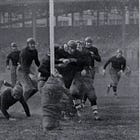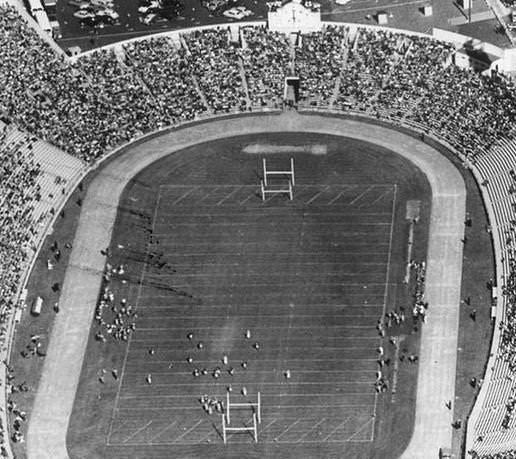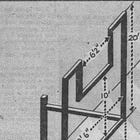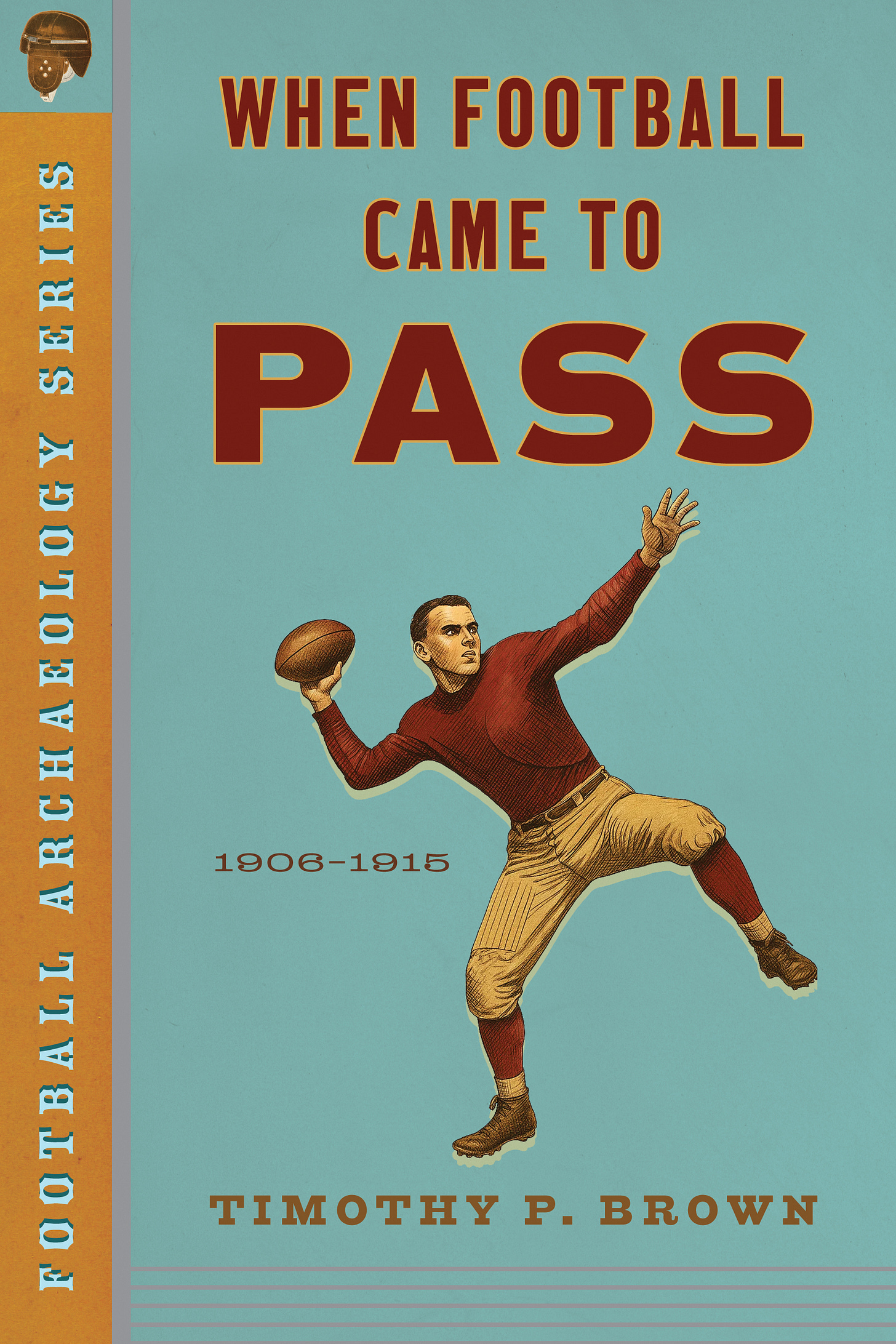Making History: The CFL's New Rules
Every rule in football or other sports is arbitrary. Their arbitrariness is illustrated by the separate rule books used by American high schools, colleges, the NFL, and other professional leagues. Despite their arbitrary nature, we become accustomed to them, embrace them, and come to believe they are the correct and proper rules.
The NFL followed the NCAA rule book until 1933, when they opted to go their own way. That year, the NFL reversed the NCAA’s 1927 decision to position the goal posts on the end line rather than the goal line, a change they reversed again in 1974. Similarly, the colleges widened their goal posts from 1959 to 1991, while high schools followed suit and have maintained that approach. Each level of American football locates its inbound lines (aka hash marks) at different distances from the sidelines, resulting in differences in the playing fields and numerous other rules based on the level of play.
The arbitrary, yet embraceable, nature of rules was demonstrated yesterday when the CFL announced a series of rule changes for 2026 and 2027. The changes caused quite a stir, being arbitrary and too American. Given the Trumpster fire’s insanely punitive tariffs and other policies, most Canadian businesses avoid any appearance of leaning toward the United States today, so there was some tone deafness when CFL Commissioner Stewart Johnson, who has been in place for six months, threw caution to the cross-border winds and announced several changes to their rules that push elements of the game closer to American football. Beyond the CFL, some rules potentially impact USports (Canadian college), junior, and high school rules whether or not they go along for the ride.
The CFL announcement, which includes a nice summary video, is here. Two 2026 rule changes seem noncontroversial, while the third changes a unique element of the Canadian game—the rouge. The 2027 rule changes are whoppers, however.
2026 #1. The first 2026 rule change requires team benches to be on opposite sides of the field to limit the distance substitutes must traverse to enter the game. The CFL features a mix of same-side and opposite-side configurations today.
OK. Makes perfect sense.
2026 #2. Changing from a 20-second play clock that starts when the official marks the ball ready for play to a 35-second clock that begins when the previous play is whistled dead.
OK. It is supposed to lead to greater consistency from crew to crew
2026 #3. Moving forward, rouges will be awarded only when a punt, missed field goal, or kickoff stays in the goal area (aka end zone) due to the returner not taking it out or taking a knee. A rouge will no longer be awarded when a kick leaves the back or sides of the goal area without being touched by a returner.
Down vote. This change is a bigger deal, mainly because it changes an element of the game that is uniquely Canadian. It’s arbitrary, but it’s their arbitrary.
All three 2026 rule changes are technical or execution oriented. They do not impact the field design or its infrastructure like the 2027 rules.
2027 #1. The CFL currently has a 110-yard field with 20-yard-deep end zones, which in 2027 would become 100 yards long and 15 yards deep. The field will remain 65 yards wide. The CFL’s rationale for shortening the field and end zone is to ensure the whole field fits in all its stadiums.
Down vote. The rationale seems silly, as the only dimensionally challenged field is Montreal’s Percival Stadium, and even then, not by much.

What’s the rationale for the change? Whose interests does it serve? If Montreal’s field is the primary driver, who cares? It adds a bit of character and hurts no one. How will the rule change affect play, other than reducing the available space for touchdown passes by 25%?
Those at lower levels of football may suffer the pain of the rule change. The change will require those who fall in line to spend money reconfiguring their field. Imagine those who recently ordered or installed a new artificial turf field. As it stands, Canadian high school football rules vary by province, and this change will likely result in greater inconsistencies. (For example, BC high schools use American rules.)
2027 #2. The other rule change moves the goal posts from the goal line to the end line, which may be part of the reason for shortening the end zone from 20 to 15 yards. The CFL argues that having the goal posts on the goal line obstructs the quarterbacks from throwing into one-third of the end zone, and projects the move will lead to 10% more end zone completions and 60 more touchdowns per season league-wide, a difference of 1.35 points per team per game. As the table below shows, the CFL already scores a few more points per team per game than the NFL, so they don’t suffer a comparative deficit today.
The CFL also argues that relocating the goal posts will reduce the risk of injuries.
Down vote. Given the limited projected scoring differential and the fact that CFL teams already outscore NFL teams, the new rule is a solution in search of a problem.
The potential difference in goal post locations between the CFL and other levels of football could be problematic when they share the same field, such as in Montreal. American football encountered problems in the 1950s when the NFL and other levels had different goal post locations.
The CFL may implement the changes announced yesterday and thereby make history, but no one has to like it. I enjoy Italian, Indian, Thai, Chinese, Mexican, Chilean, French, and every other cuisine I’ve encountered. I don’t want every cuisine to taste the same, and I don’t need homogenized football rules. The differences in Canadian and American rules that lead to variations in strategy are appealing and not something to eliminate. Let’s hope that history records that the Commissioner and others see the error of their ways and preserve the Canadian rules as uniquely Canadian.
Football Archaeology is reader-supported. Click here to buy one of my books, donate, or otherwise support the site.
My newly released book is available here.







Of course, when you shrink the field to 100 yards, then all stadia could accommodate a 20 yard endzone. So clearly, the endzones were not shrunk to standardize the size.
Excellent article. Thanks for that! The new stadium in Toronto only has 18 yard end zones.